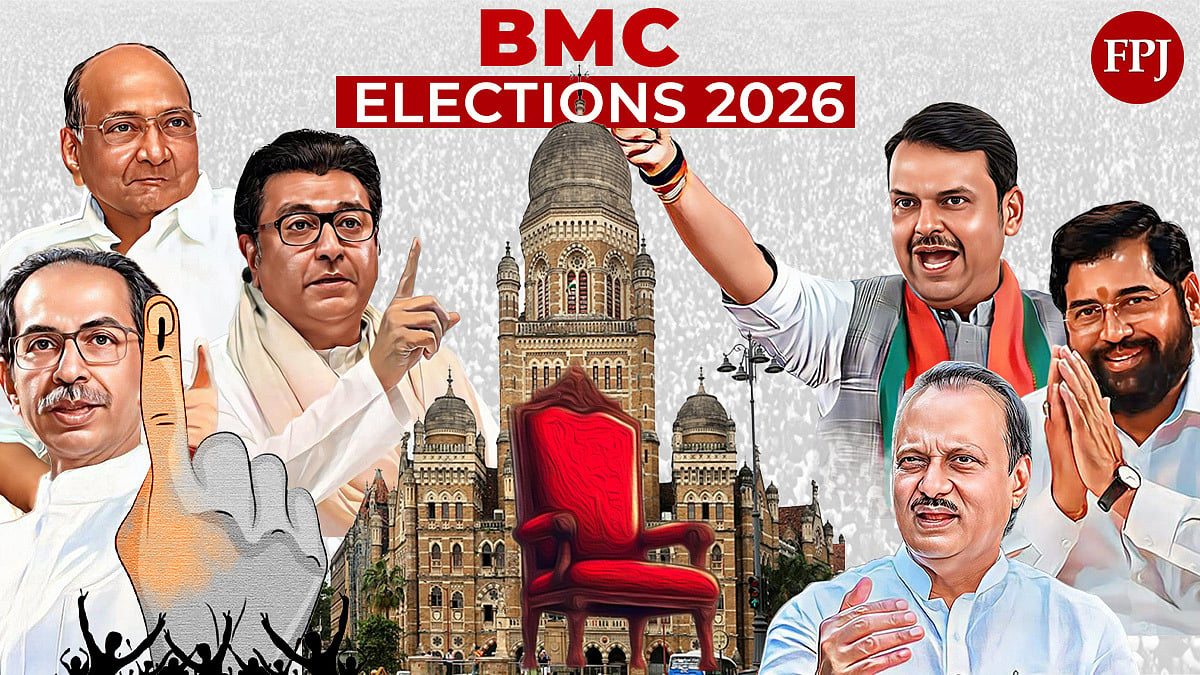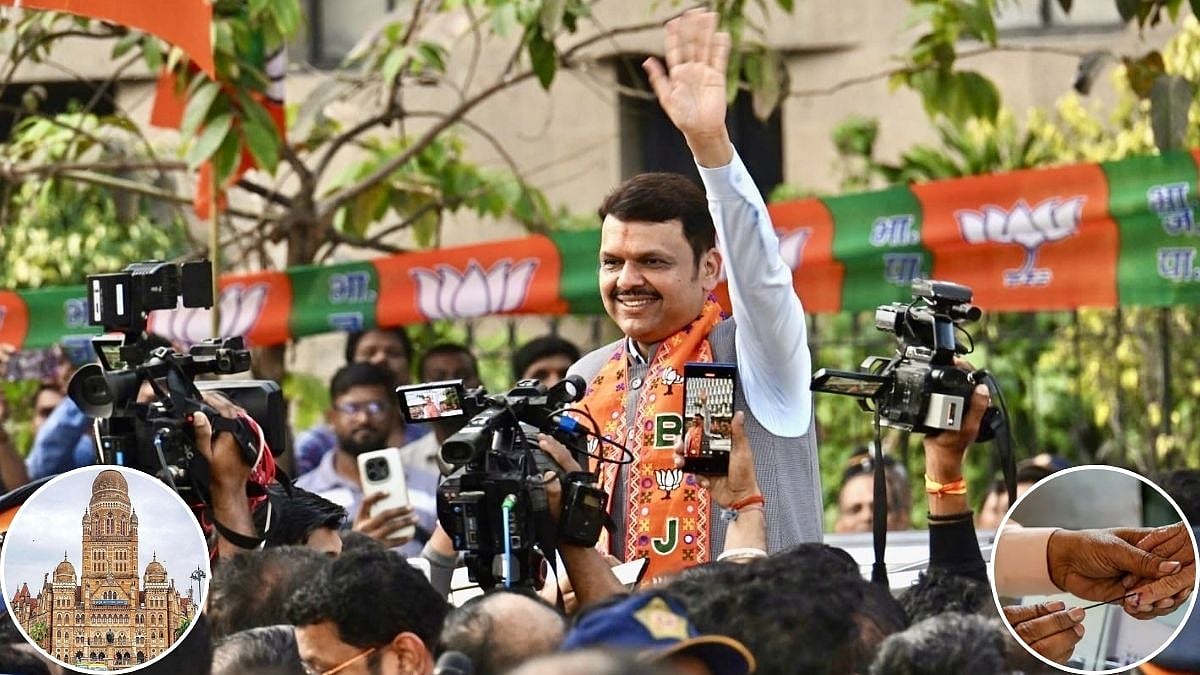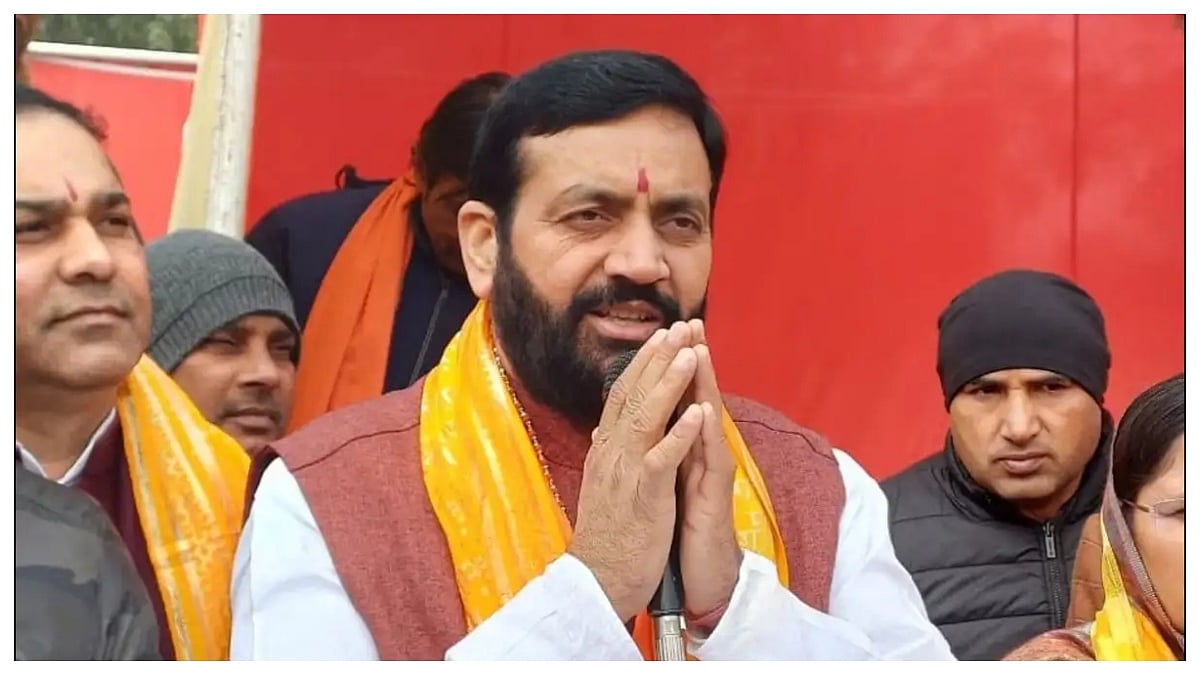In 2047, India stands as a beacon of strength and inclusivity, kindness and gentleness, with India offering unwavering friendship in all seasons. It serves as a source of envy and inspiration to the world, having overcome demographic challenges to propel its vast population towards development and prosperity. Proud of its rich cultural heritage, India continues to grow, learning from past mistakes and triumphs alike. It grew, despite its internal blunders and external-others’ plunders in the past.
The concept of India as a developed country can be painted on the canvas of Amrit Kaal - the 25-year period from 2022 to 2047, when the modern notion of independence of India turned 100 years. A nation which taught the world of education and skills centuries ago, has come a full circle.
How did we get here?
An Atmanirbhar Bharat strengthened the foundations of this AmritKaal contribution by the nation. India embraced global competition, leveraging cutting-edge Fourth Industrial Revolution tools to propel its manufacturing sector to new heights of scalability and innovation. Focusing on areas of inherent strength, intellectual property, and domestic capabilities, India capitalised on converging technologies such as 3-D printing, robotics, and machine learning-driven process controls. This ushered in an era of flawless manufacturing 5.0, characterised by built-in quality assurance and self-correction mechanisms to address any interruptions due to deficient parts.
Furthermore, India took significant strides towards environmental sustainability by decarbonising its steel and cement industries. Rapid transitions were made towards cleaner energy sources such as hydrogen, nuclear energy derived from thorium, and the integration of solar, wind, and energy storage technologies into the national energy mix. This proactive approach aligns with India's reverence for the natural elements, reflecting a deep-seated ethos of celebrating the gifts of nature while prioritising renewable energy sources for a greener future. These efforts were subset of India's commitment to mitigating climate change and ensuring a sustainable energy future for generations to come.
The economic acceleration along this trajectory, coupled with extensive automation and knowledge-intensive, AI-driven advancements in agriculture, propelled India towards a remarkable 12% compound annual growth rate (CAGR). This not only facilitated food self-sufficiency but also generated substantial wealth for farmers through high-value cash crops, which were also exportable, thus bolstering foreign exchange reserves. Leading up to this, the nation underwent a comprehensive transformation of its agricultural sector, fostering inclusivity and ensuring that marginal farmers could attain dignified and economically viable livelihoods through agricultural reforms.
These transformations gained significant traction as the shift towards a less-cash economy transitioned seamlessly into a cashless digital economy, with the invaluable assistance of UPI. This transition, coupled with robust digital-only public infrastructure, catalysed innovation across various sectors, notably within Indian financial services, fostering rapid development and scalability. The Indian banking sector scaled to establish globally significant banks within its market, expanding their presence to every corner of the world. With Indian businesses catering to global clients, the Indian flag now flies proudly across continents, symbolising the nation's reach and influence on the global stage.
Furthermore, the quality of hard civic infrastructure, typically synonymous with improved quality of life and conducive business environments found in developed nations, became a focal point. The diverse and extensive infrastructure requirements were addressed through simultaneous advancements in connectivity, mass transportation, and logistics. Leveraging indigenous solutions and technology stacks across various domains, the nation established a robust value chain in niche technologies at an unprecedented scale. This concerted effort, driven by political will and a sense of national pride, facilitated the transition of a nation from economic volatilies to resilience and prosperity.
AmritKaal heralded a significant emergence in women's rights and their participation in the formal economy. Today, women entrepreneurs, particularly across SMEs and MSMEs, contribute substantially to India's GDP. India has set an exemplary precedent by showcasing that prioritising preventive healthcare for women can profoundly impact societal well-being, economic prosperity, and national security.
We liberated ourselves from our fixation on the West and broke free from the confines of solely learning from developed markets. Recognising the wealth of knowledge and wisdom within our own heritage, we realised that our ancient wisdom transcends religious boundaries. Our Indic wisdom encompasses a vast array of arts and sciences, including traditional medicine, astronomy, mathematics, and more. However, amidst the proliferation of English medium schools and the obsession with English, we had overlooked our ancient manuscripts and teachings. Fortunately, in the early years of this century, we rediscovered the value of our heritage and began the process of revitalising our libraries and relearning these timeless lessons. India possesses a wealth of ancient wisdom found in the Upanishads, which it has begun to share with the world. However, this wisdom needs to be adapted and packaged for modern-day applications and contexts.
With the advent of AI, India saw an opportunity to make up for lost ground in the 20th century, particularly in Internet platform businesses. In the global race surrounding AI in the 21st century, India emerged as a strong player, advocating for fair and equitable practices. It championed the idea of AI being a global good rather than just a tool for territorial strength. India embarked on building AI datasets from scratch and utilised its digital public datasets to develop insights tailored to the needs of Bharat-focused AI solutions. Indian engineers and AI experts developed solutions not only for domestic use but also for the global market, transforming India into a software product nation rather than just a technology vendor. India had invested larger resources on Quantum computing to enable being as relevant as it is in the global markets.
Recognising the potential weaponisation of economic features, India prioritised the development of skills and capabilities aimed at reducing volatility and increasing certainty in the global workplace. The pursuit of higher-order capacities aligned with global technological progress became integral to the notion of self-reliance. During the Amrit Kaal, manufacturing thrived on a large scale, driven by India's demographically advantaged population. Technology developed in India served not only economic gains but also the greater global good.
For a significant duration, our national dialogue equated the term “developed country” with material comfort and consumerism, influenced by the portrayal in global media and entertainment. However, the AmritKaal marks a shift where both material comforts and spiritual growth align towards progress. Along this trajectory, individuals, regardless of their stance on religion, come to understand that spirituality transcends religious affiliations.
The path ahead is clear: India is poised to remain a major exporter of clean energy, skilled human capital, and abundant food throughout the 21st century. India utilised personalised AIMentors, available in multiple Indian languages, to provide continuous education and skill development, and hence empowering citizens of all ages, genders, and backgrounds. The ambitious task of upskilling, reskilling, and unskilling nearly a billion people, including those who were not literate or tech-savvy, could only be achieved through India's innovative and cost-effective digital public infrastructure.
In Amrit Kaal, rapid changes in the world necessitated envisioning and designing a society and workforce of tomorrow free from the constraints of past histories and precedents. Crucially, India embraced atmanirbharta — self-reliance in thought, ideas, self-belief, and inspiration — anchoring its journey on the strong foundation of its socio-cultural heritage. Indian economy being in top 3 in the world, has still huge growth ahead, in terms of its per-capita GDP.
Beyond leveraging data, digital technologies, and demographic advantages to sustain growth until 2047, India demonstrated democratic agility by fostering citizen engagement. The nation's youth, with their voices and ideas, led the charge in cultivating a culture of positivity and inclusivity. Moreover, India ensured that the demographic shift towards an aging population occurred with financial prudence, stability, and social security, guaranteeing dignity and voice to every citizen. This, indeed, embodies the essence of Victory for Bharat.
Shailesh Haribhakti is an independent director on corporate boards. X: @ShaileshHaribh2
Dr Srinath Sridharan is a policy researcher and corporate adviser. X: @ssmumbai









